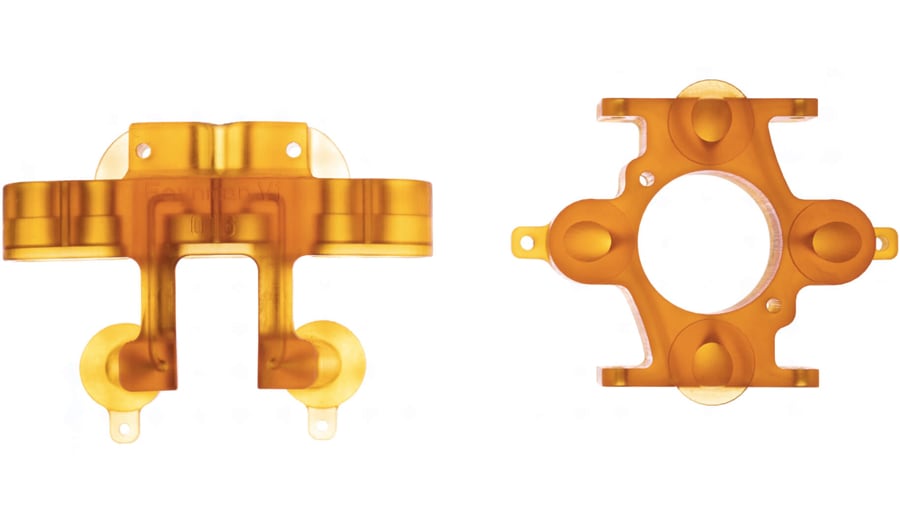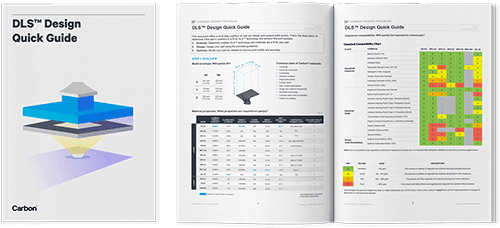”Really, it was the high-temperature Carbon CE 221 material that drove this. It was the whole reason that NASA was able to produce this on an additive technology.”
Greg Cebular Vice President, The Technology House (TTH)
Out-of-this-world Materials
Greg worked with engineers at NASA to rapidly and cost-effectively produce four high-performance thrusters for the cold-gas propulsion system within the new Seeker robotic free flier inspector. He chose the Carbon Platform and its highest heat-deflective material, Cyanate Ester 221, for prototyping and production because he knew the material properties would hold up to a variety of intense atmospheres in space.

Ask An Additive Expert
In this episode, Carbon examines how you can get great metal parts with plastic 3D printers using methods like investment casting and electroplating, or by considering the use of high-performance polymers in place of metal.



